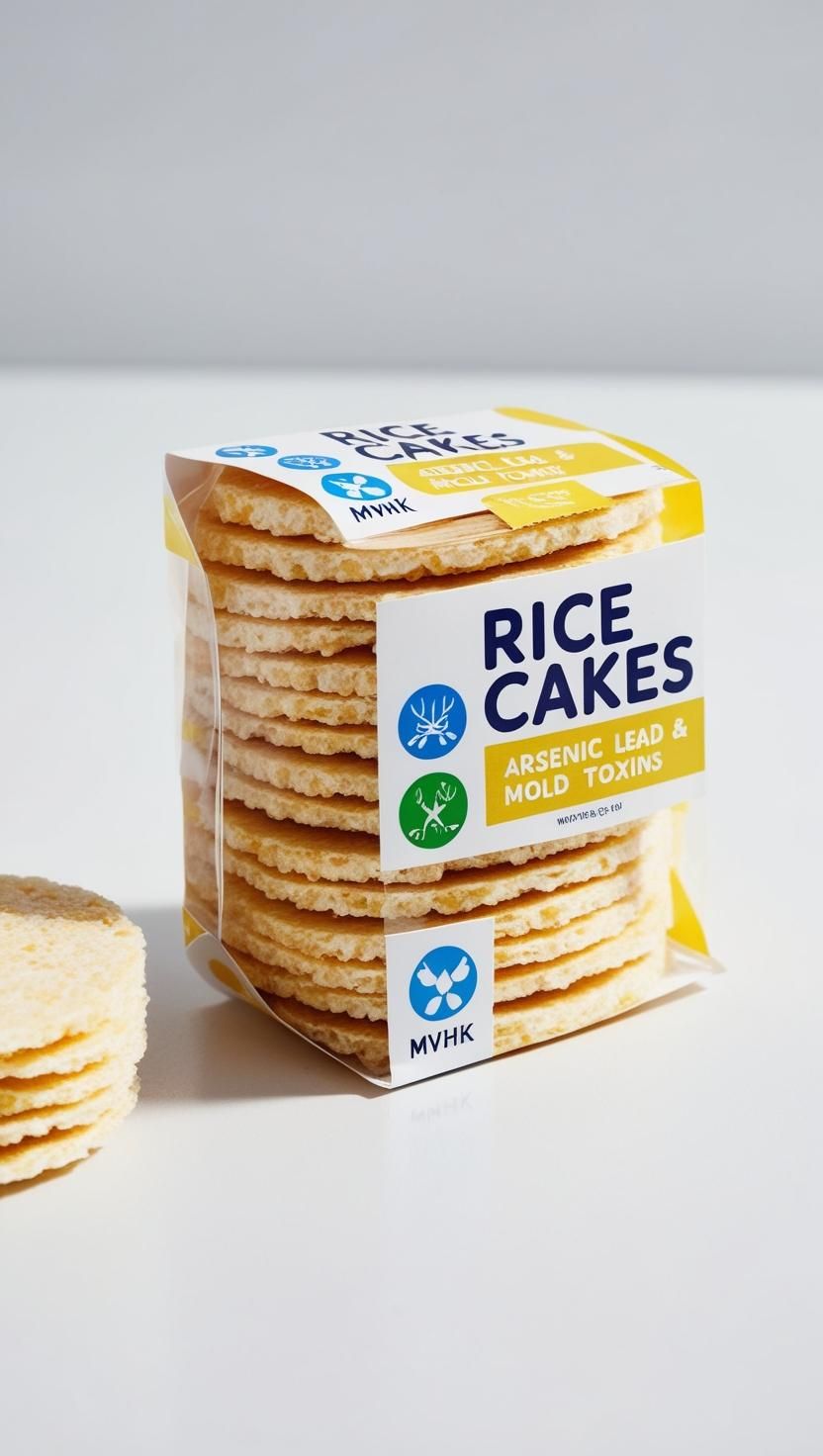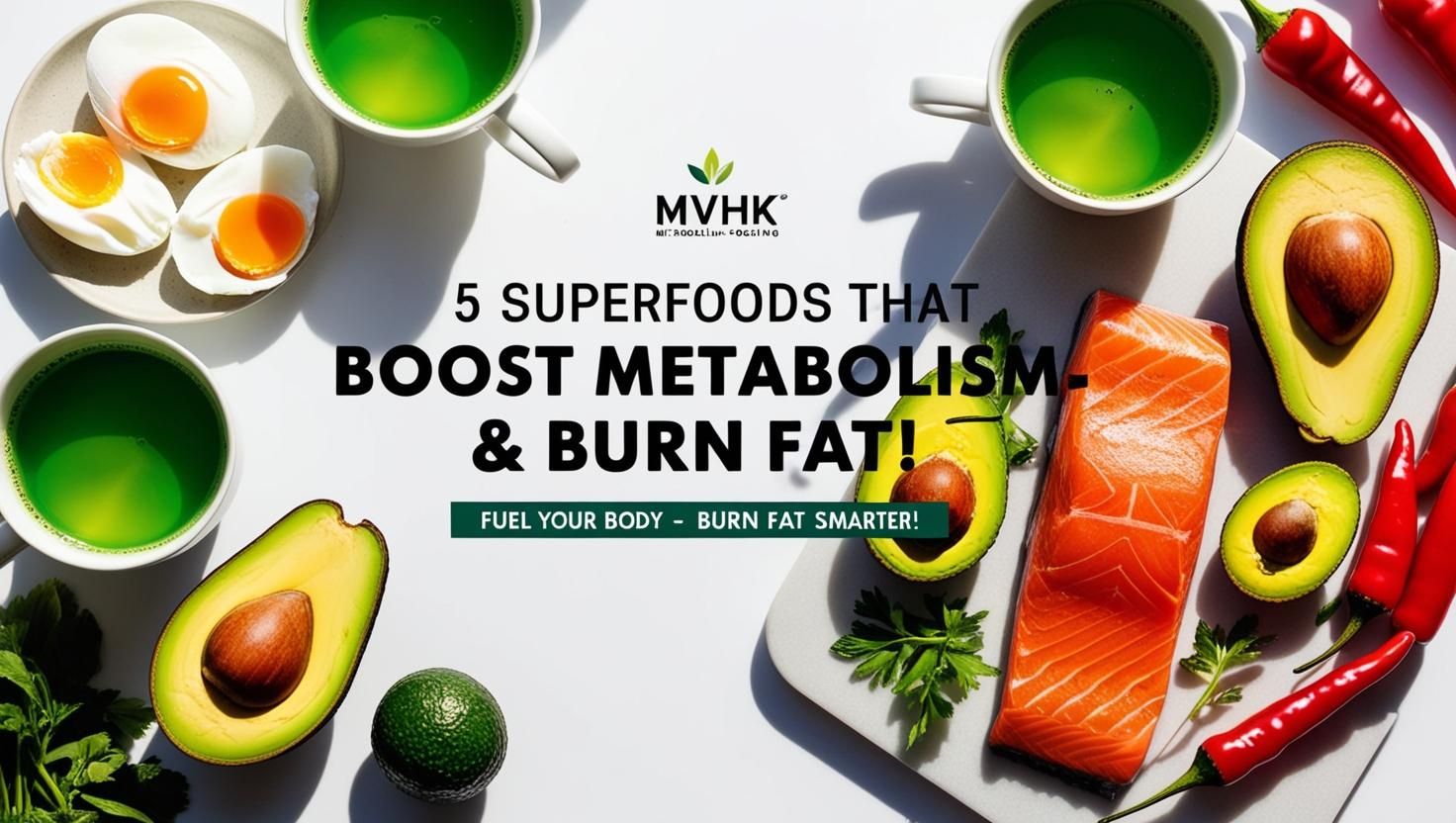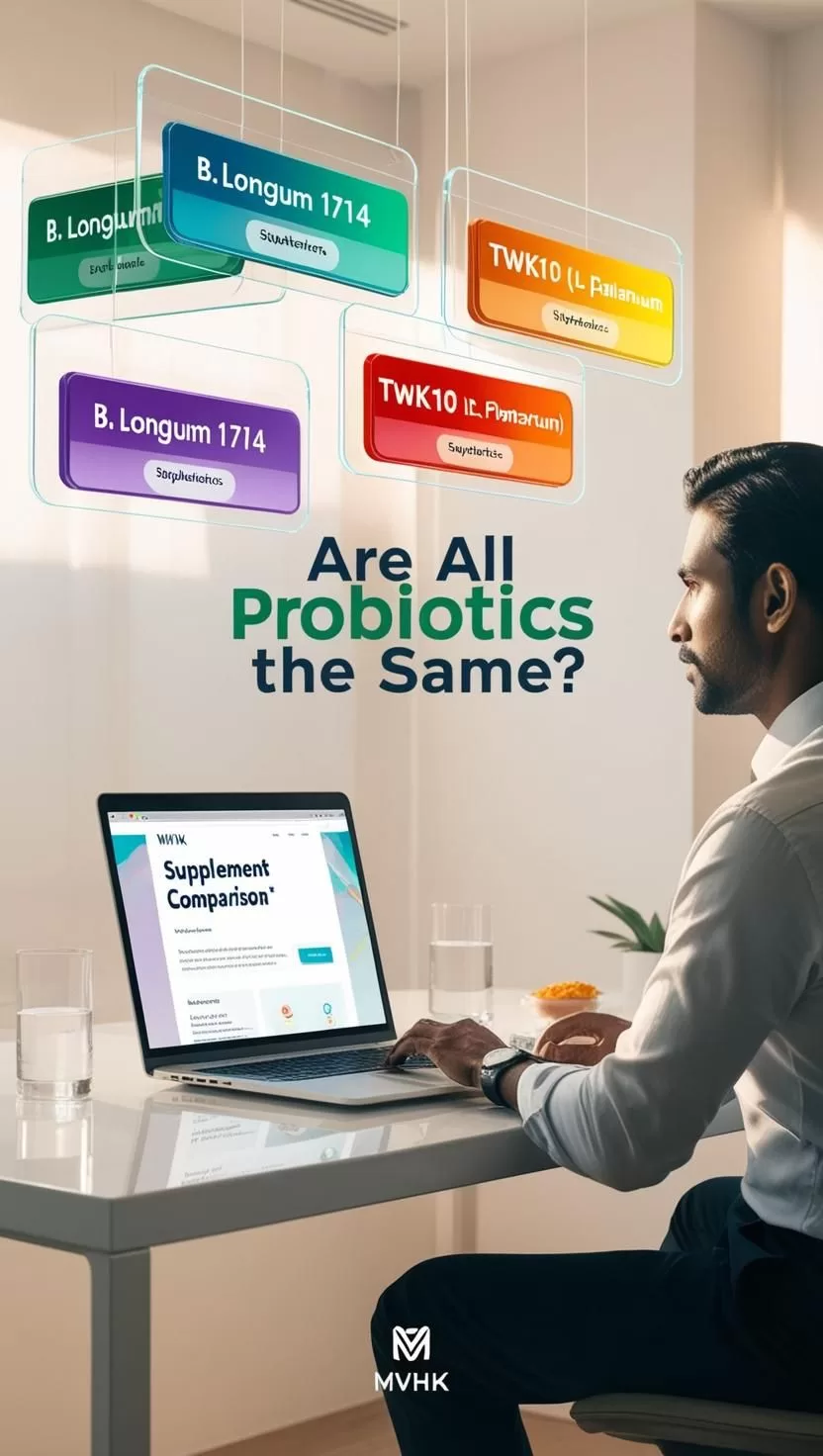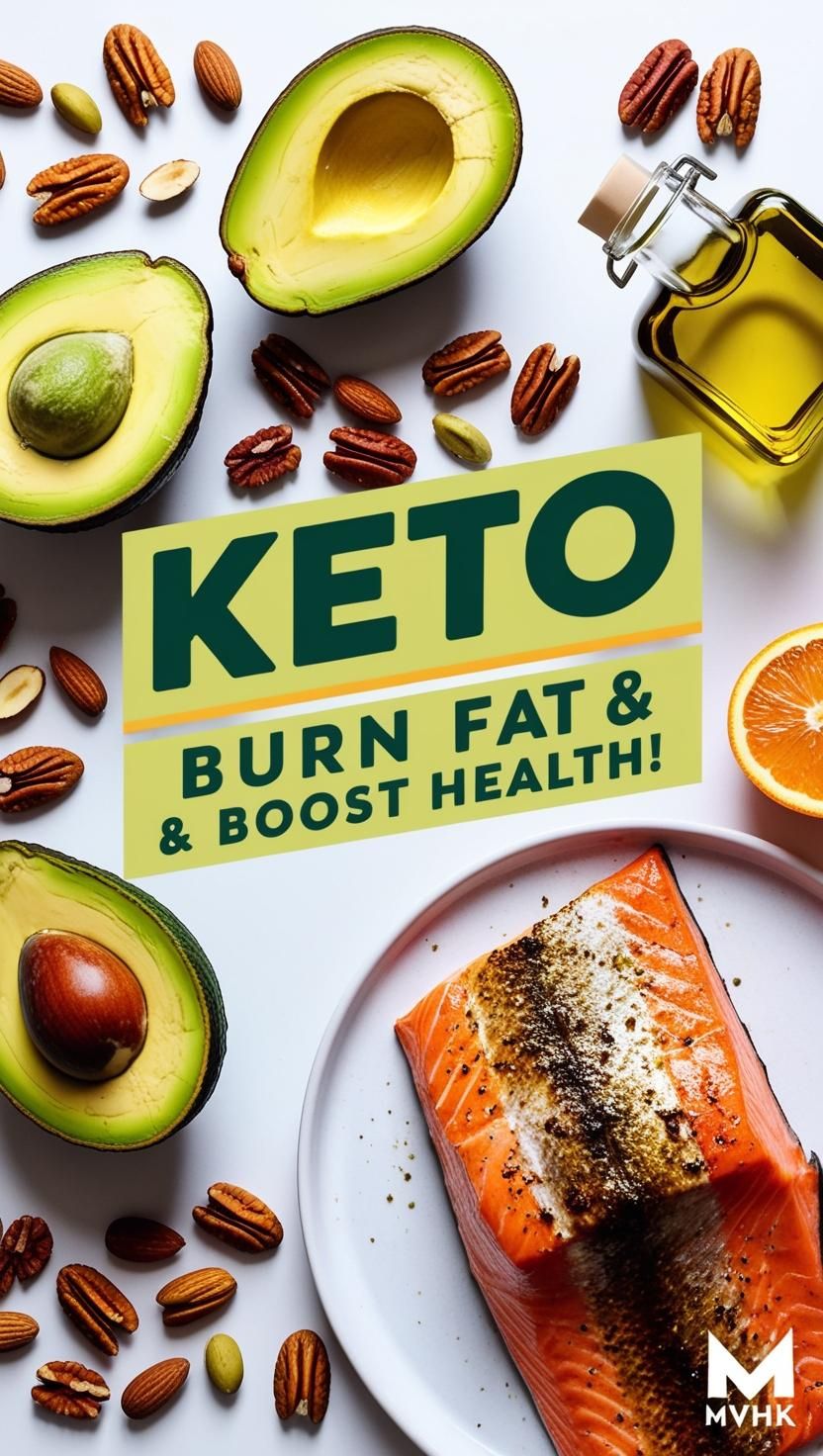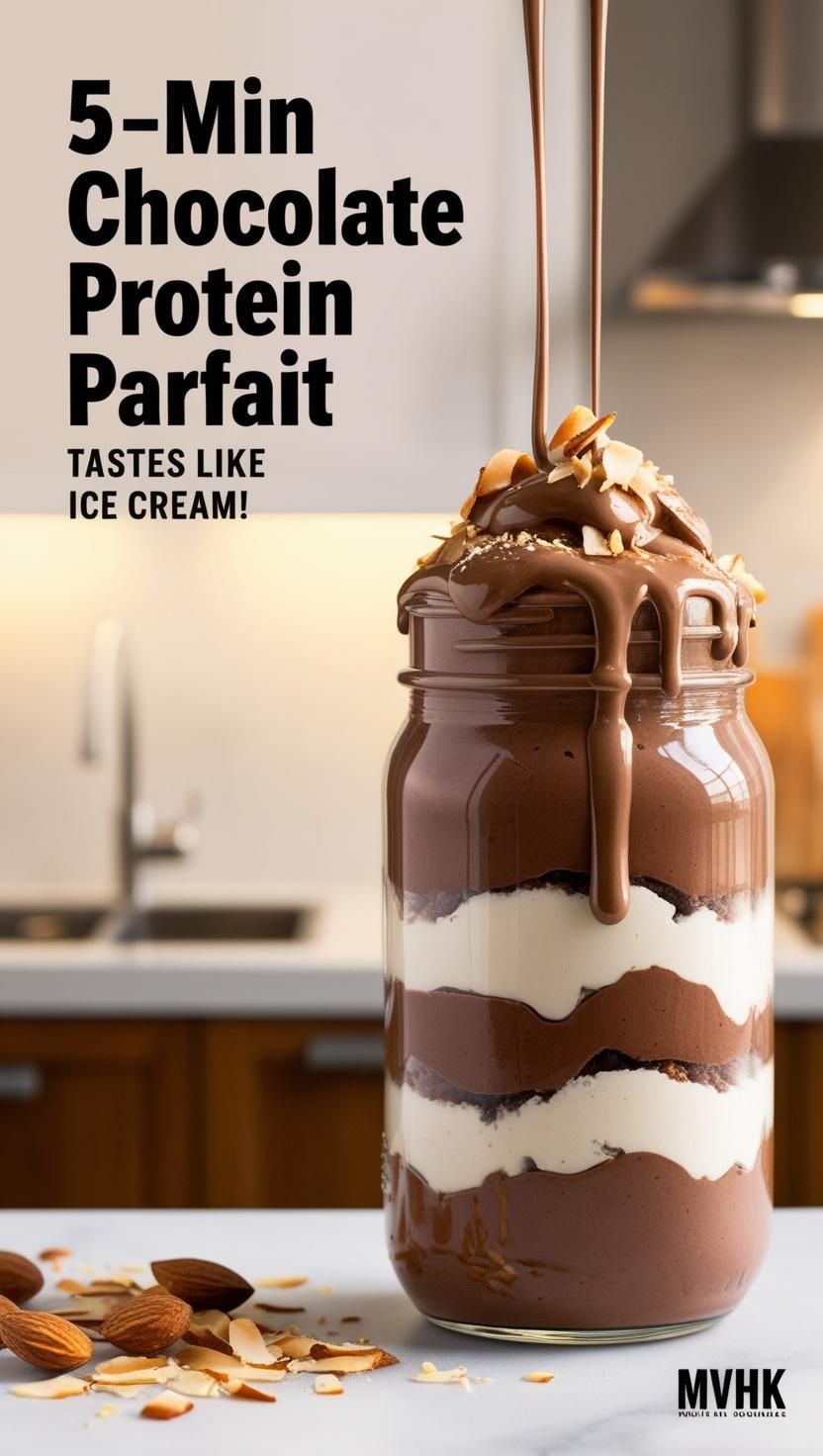Food Addiction vs. Cigarettes: How Big Tobacco Engineered Cravings
Introduction
In 1985, Big Tobacco took a dangerous pivot—from nicotine to nutrition. Their next target? The American dinner plate. With the same manipulative strategies that once fueled a smoking epidemic, they transformed processed food into a hyper-palatable, habit-forming industry. Today, food addiction isn’t a fringe theory—it’s a national epidemic. Diabetes has tripled. Obesity affects nearly 3 in 4 adults. And despite medical advances, heart disease remains the #1 killer. This article dives into the science, the strategies, and—most importantly—the solution.
🎯 The Science Behind Food Addiction
Latest Research
Recent studies confirm processed foods trigger the same brain pathways as nicotine and cocaine. A 2020 NIH-backed review shows ultra-processed foods activate the mesolimbic dopamine system—our reward center—making them chemically compelling.
Mechanisms
These foods are engineered with the “bliss point” in mind: an optimal combination of sugar, fat, and salt that overrides satiety cues. They suppress leptin (your fullness hormone), spike insulin, and hijack neurotransmitters—especially dopamine—leading to compulsive consumption.
Expert Opinions
Dr. Nicole Avena, a neuroscientist specializing in addiction, states: “We now have brain scans showing nearly identical patterns between drug addiction and processed food dependence. It’s not just willpower—it’s biochemistry.” Harvard Medical School has echoed these concerns, urging a reevaluation of what we consider “safe” foods.
💪 Implementation Guide
Getting Started
Start with a 7-day “real food reset.” Eliminate packaged foods. Focus on single-ingredient staples: eggs, fruits, vegetables, nuts, meats, legumes. This approach re-regulates hunger signals and stabilizes insulin levels.
Progression Strategies
• Shop the perimeter of the grocery store
• Batch cook simple meals with 5 ingredients or less
• Hydrate consistently (often, hunger is thirst in disguise)
• Introduce fermented foods to rebuild gut-brain signaling
Common Mistakes
• Replacing junk with ultra-processed “health” snacks
• Overcomplicating meals—simplicity reduces decision fatigue
• Underestimating withdrawal symptoms (irritability, cravings, fatigue)—these are temporary
🚀 Advanced Techniques
Personalization
Use biometric tracking (like continuous glucose monitors or HRV trackers) to see how foods impact your mood, energy, and blood sugar. Tailor your intake accordingly.
Technology Integration
Apps like Zero, MyFitnessPal, or Zoe leverage AI to map your body’s unique responses to food. Combine that with wearable data for smarter choices.
Sustainability
Focus on habit stacking: Pair meal prep with music, or a post-dinner walk with your favorite podcast. Make lifestyle changes enjoyable, not restrictive.
📊 Results & Success Stories
Case Studies
A study published in Nutrients tracked 150 adults over 90 days on a real-food protocol. Results showed a 22% reduction in food cravings and a 12-lb average fat loss—without calorie counting.
Measurable Outcomes
• Decreased insulin resistance (via HOMA-IR testing)
• Lowered CRP (inflammation marker)
• Improved sleep efficiency and mood scores
Community Feedback
Online groups like r/FoodAddictionRecovery or Real Food Rebels (Facebook) offer peer support, daily wins, and recipe swaps that make the journey more manageable and motivating.
🎯 Action Plan: Start Today
Week 1-2: Foundation
• Eliminate added sugars
• Add one new veggie per meal
• Drink 80–100 oz water daily
Week 3-4: Progression
• Introduce 12-hour fasting window
• Prep meals twice per week
• Start strength-based movement 3x/week
Long-term Maintenance
• 80/20 balance (20% margin for flexibility)
• Bi-weekly check-ins with a health coach
• Continue tracking physical and emotional cues
❓ Frequently Asked Questions
Is food really as addictive as cigarettes?
Yes—studies confirm ultra-processed food lights up the same dopamine pathways. It’s biochemically addictive, not just a matter of willpower.
Why did Big Tobacco get into food?
After legal pressure in the 1980s, tobacco companies sought new profit streams. Food was an easy pivot—same addiction strategy, new delivery system.
How do I start eating real food?
Begin by cutting packaged snacks. Focus on whole foods like eggs, fruit, veggies, and meats. Shop the perimeter of grocery stores.
How long until I stop craving junk food?
Most people feel significantly better within 2–3 weeks. Cravings reduce as insulin and dopamine balance restore.
Is quitting processed food safe?
Yes—but consult your doctor if you’re managing chronic conditions. Withdrawal symptoms like irritability or fatigue are normal and temporary.

